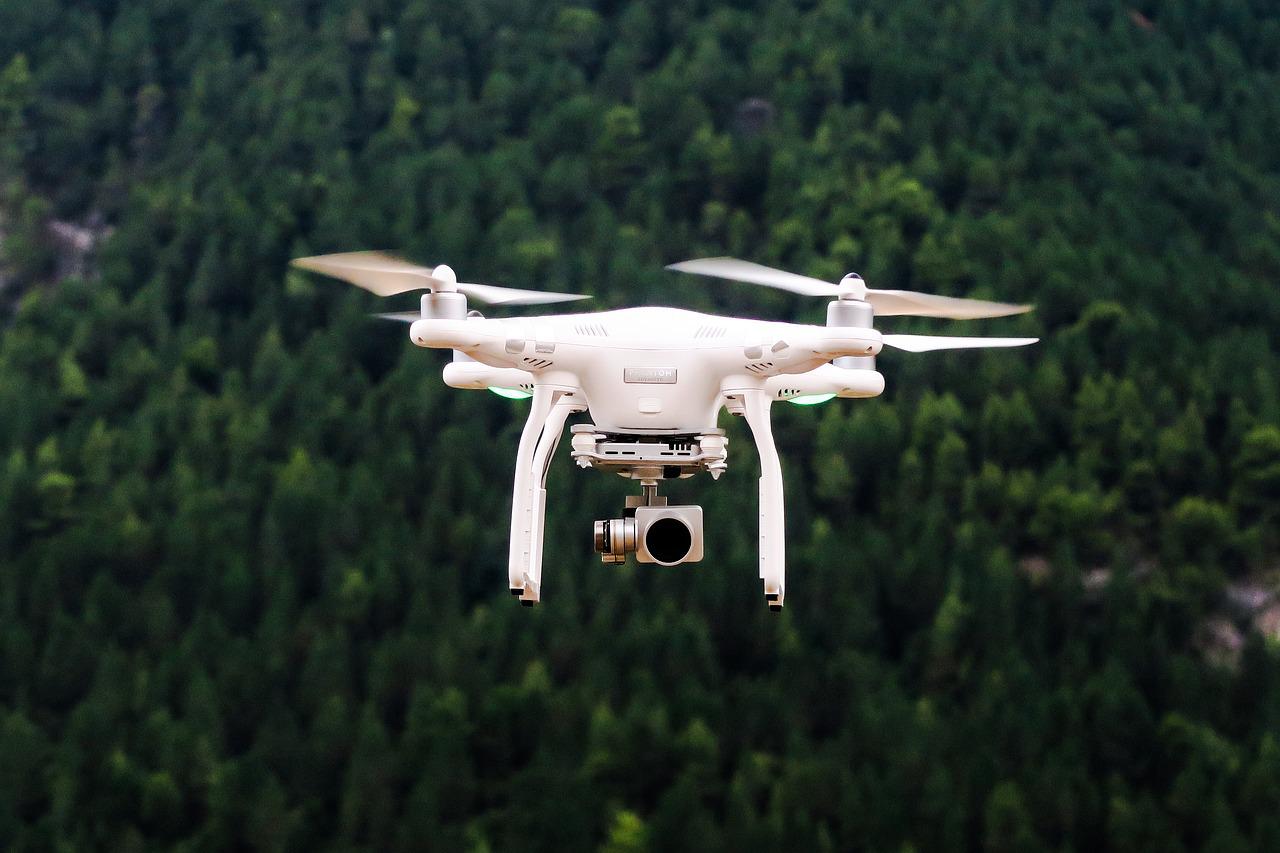 AI
AI
 AI
AI
 AI
AI
Microsoft Corp. today announced the launch of Project AirSim, a powerful physics simulator that replicates the real world in 3D digitized environments to train autonomous aerial drones quickly and safely.
The best way to train autonomous vehicles is in the field, where the artificial intelligence experiences the same conditions that it will encounter day in and day out and can learn from it. However, the real world is also a fraught place filled with dangers that can damage or destroy equipment before it learns how to handle them.
How do you teach an artificial intelligence operating a drone to deal with flocks of birds, power lines and violent gusts of wind before throwing it into the real world? You put it into a simulator with the highest fidelity to that world as possible and then run it through as many different scenarios as possible and let it figure out how to handle them.
Project AirSim, Microsoft’s solution to this problem by training drone pilot AIs in their own realistic metaverse, is now available to interested customers in a limited preview.
“Autonomous systems will transform many industries and enable many aerial scenarios, from the last-mile delivery of goods in congested cities to the inspection of downed power lines from 1,000 miles away,” said Gurdeep Pall, Microsoft’s corporate vice president for business incubations in technology and research. “But first we must safely train these systems in a realistic, virtualized world.”
The platform is cloud-based and uses the processing power of Microsoft Azure alongside data pulled from Bing Maps to create vast, world-scale maps of known environments with millions of data points. It can also pull data from vast external pools and quickly produce realistic models based on 3D models and mapping data.
To get the job done, Microsoft collaborated closely with industry partners to simulate world-scale physics such as weather, dust, smoke, lighting conditions and other elements that might affect drones as they move through the air. Sensor simulation software company Ansys worked with Microsoft to bring its expertise to the platform for high-fidelity physics simulation and MathWorks is helping customers bring their own physics models into AirSim via its graphical modeling programming environment Simulink.
AirSim grew out of a 2017 project built with Unreal Engine as an open-source and cross-platform simulator designed for drones, cars and more that could support AI and humans with flight controllers. It was a powerful research tool that required coding knowledge and machine learning training to use.
The new Project AirSim is designed as an end-to-end platform with pre-trained models for AI drones that removes the need for advanced coding knowledge and expertise. By having the building blocks for AI behaviors already in the simulator such as midair collision avoidance, ground following, emergency landing and similar, it is possible to get underway quickly.
“We created Project AirSim with the key capabilities we believe will help democratize and accelerate aerial autonomy,” said Balinder Malhi, engineering lead for Project AirSim. “Namely, the ability to accurately simulate the real world, capture and process massive amounts of data and encode autonomy without the need for deep expertise in AI.”
Airtonomy, an early access program participant for Project AirSim, used the platform in this way by helping its own customers inspect critical infrastructure using AI-controlled drones in remote locations where technician safety was a concern. Using AirSim they could deploy drones inexpensively and without too much machine learning expertise.
“We create autonomous capture routines for the frontline worker – people who don’t use drones and robots on a regular basis but need them to act like any other tool within their service vehicle,” said Josh Riedy, chief executive of Airtonomy.
Another benefit of AirSim is that AI drones can be run through simulations at incredible speeds – on the order of millions of flights in seconds. As a result, it can also generate and capture tremendous amounts of data that could not be captured by sensors in real-world conditions, making it a powerful research tool.
The project is well positioned to connect with the emerging landscape of what is called the “industrial metaverse,” a growing interconnected industry of simulation technologies that recreates the real world in 3D digital worlds. This includes the capability of recreating complex physics objects to simulate them before making them in the real world or simulating real-world environments using digital twins such as factory floors in order to increase efficiency in the case of Nvidia and Siemens. It can also be used to simulate entire cities, roadway networks and other large-scale environments.
“Project AirSim is a critical tool that lets us bridge the world of bits and the world of atoms, and it shows the power of the industrial metaverse – the virtual worlds where businesses will build, test and hone solutions and then bring them into the real world,” Pall said.
With the platform’s technology and its hyper-realistic simulation capabilities, Microsoft plans to work with global civil aviation regulators on how to use it to provide certification for autonomous vehicles.
Support our mission to keep content open and free by engaging with theCUBE community. Join theCUBE’s Alumni Trust Network, where technology leaders connect, share intelligence and create opportunities.
Founded by tech visionaries John Furrier and Dave Vellante, SiliconANGLE Media has built a dynamic ecosystem of industry-leading digital media brands that reach 15+ million elite tech professionals. Our new proprietary theCUBE AI Video Cloud is breaking ground in audience interaction, leveraging theCUBEai.com neural network to help technology companies make data-driven decisions and stay at the forefront of industry conversations.